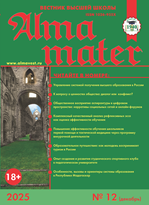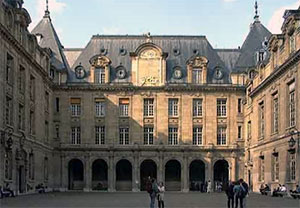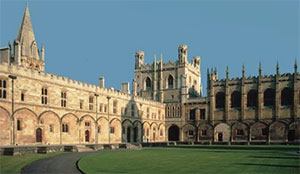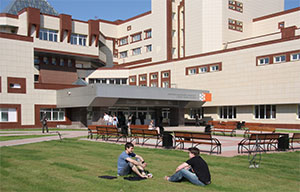UDC 005.07:378(1-32)
https://doi.org/10.20339/AM.02-20.006
G.B. Golub is Cand.Sci (History), leading researcher at Samara branch of Russian Presidential Academy of National Economy and Public Administration; and E.Ya. Kogan is Dr. Sci. (Phys.-Math.), prof., science adviser of Development Institute of Education at Russian Presidential Academy of National Economy and Public Administration
Analyzed is regional mission of the higher school, which is designated as its third mission (education, research and development, regional construction). That involves direct participation of universities in economic and social development of the region through solution of very specific tasks of the territory of presence, involvement in regional projects and programs in all spheres of society. The article discusses the problem of ensuring a certain level of “regional involvement” of universities, incl. their influence on formation of business environment, the system of continuous education of local enterprises, integration into programs of socio-economic development of territories, in which they are located. Issues of “double contribution” of universities to economy of the country and regions are discussed. The first contribution is personnel support for development of economy and social sphere, i.e. training of specialists with higher education, who are competitive in labor market. The second direction of influence of higher education institutions is connected with scientific and technical support of innovative development of regions and the country as a whole. The regional focus of higher school provides special intellectual resource for economy of the region. With its effective use, this resource can be the basis for innovative development, become the only real source of technology transfer to the real economy and social sphere.
Key words: higher education, labor market, institutional organization of interaction, interaction models, educational resources of the region.
References
1. Grinkrug, L.S., Tolstoguzov, P.N. Regional university and reform of higher school. Accreditation in education. 2013. No. 1 (61). P. 24–25.
2. Prikhodko, N.V. On the problem of organization of transfer of higher schools technologies into Russian industry. URL: http://economics.ihbt.ifmo/file/article/14187/pdf
3. Karpov, A. Modern university as driver of economic growth: models and missions. Problems of economy. 2017. No. 3. P. 58–76.
4. Leshukov, O., Gromov, A., Platonova, D., Evseeva, D. How universities help to develop territories. URL: https://iq.hse.ru/news/20496563.html
5. Kogan, E.Ya., Postalyuk, N.Yu. New organization of resources of higher school: answers to challenges of economy. Higher education today. 2008. No. 6. P. 8–12.











.png)






